At Lenox Roofing, we understand the importance of a solid foundation for every roofing project. The underlayment is the unsung hero of any roofing system, providing a critical barrier against water and heat. Let’s delve into the intricacies of roofing underlayment and why it’s a pivotal component for homes, especially in areas like Myrtle Beach where weather conditions can be unpredictable.
The Role of Roofing Underlayment
Roofing underlayment is a water-resistant barrier strategically placed on the roof deck’s surface. Its primary role is to shield the roof deck from potential water and heat damage. Given its position beneath the main roofing materials, it remains concealed from the naked eye. However, its presence is felt every time it rains, and the interiors remain dry, or during the scorching summer days when the attic doesn’t feel like a furnace.
Diverse Types of Roofing Underlayment
1. Rubberized Asphalt Underlayment
This type of underlayment boasts of a composition rich in asphalt and rubber polymers, making it a top contender for water resistance. Its self-adhesive nature, complemented by peel-off membranes, ensures a watertight seal. Especially in areas prone to snow or heavy rainfall, rubberized asphalt underlayment is a preferred choice among roofing contractors in Myrtle Beach SC.
2. Asphalt-Saturated Felt Underlayment
Historically, asphalt-saturated felt was the go-to choice for many roofing companies in Myrtle Beach South Carolina. It’s a blend of asphalt, polyester, bitumen, and organic materials. The underlayment’s base layer is saturated with asphalt, which provides its water-resistant properties and reinforces the roof deck’s rigidity.
3. Non-Bitumen Synthetic Underlayment
Modern homes are increasingly adopting non-bitumen synthetic underlayment. While it retains asphalt saturation in its base, it also incorporates fiberglass, enhancing its resilience against tearing. Its resistance to moisture makes it a favorite among Myrtle Beach roofing contractors, as it curbs mold and fungal growth on the roof deck.

Why Your Home Deserves the Best Roofing Underlayment
Superior Water-Resistance
Roof shingles, when exposed to prolonged moisture, can deteriorate over time. A robust underlayment ensures that any condensation or water droplets are swiftly channeled away from the roof surface.
Unparalleled Waterproofing
Roofs with intricate designs, featuring valleys and dormers, are susceptible to leaks during torrential downpours. A waterproof underlayment acts as a guardian, preventing any potential water ingress.
Barrier Against Moisture and Heat
The overlapping design of roof shingles can sometimes leave minute gaps, which, during heavy rainfall, can be entry points for moisture. Similarly, during hot days, heat can accumulate in the attic, causing discomfort. A quality underlayment ensures that these concerns are addressed, offering a comfortable living environment.
In Conclusion
The longevity of your roof is significantly influenced by the underlayment you choose. With the ever-changing weather patterns, especially in places like Myrtle Beach, it’s paramount to have an underlayment that can withstand the elements. At Lenox Roofing, we are committed to providing top-notch roofing solutions tailored to your needs. Reach out to us for unparalleled roofing expertise and services.


